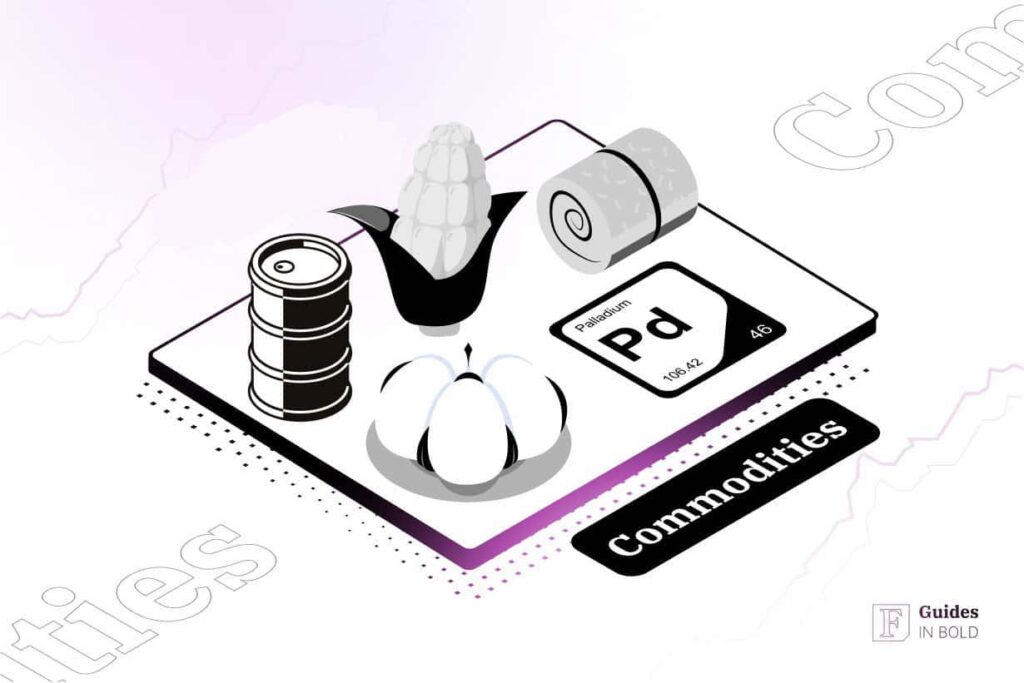Summary: Commodities, encompassing a broad array of raw materials from metals to agricultural products, are a popular avenue for investors seeking diversification or a hedge against inflation. One of the simplest and safest ways to invest in commodities is through a regulated online broker like eToro. Keep reading as we investigate the top 5 commodities to invest in 2025.
Best Commodities Broker for Intermediate Traders and Investors
-
Invest in 30+ commodities and 3,000+ other assets including stocks and cryptocurrencies.
-
0% commission on buying stocks - buy in bulk or just a fraction from as little as $10. Other fees apply. For more information, visit etoro.com/trading/fees.
-
Copy top-performing traders in real time, automatically.
-
eToro USA is registered with FINRA for securities trading.
5 best commodities to invest in 2025
The practice of trading commodities dates back to the annals of human history, outdating the trading of stocks and bonds by several centuries, as ancient tribes and nascent kingdoms would barter and trade with each other, exchanging food, supplies, and other items.
In our modern era, the trading of commodities continues unabated, magnified significantly in its scale and global reach, and there are more options for participating in the commodity markets than ever before (we’ll get into that later).
But for now, here are five commodities you should consider adding to your portfolio in 2025.
#1 Gold
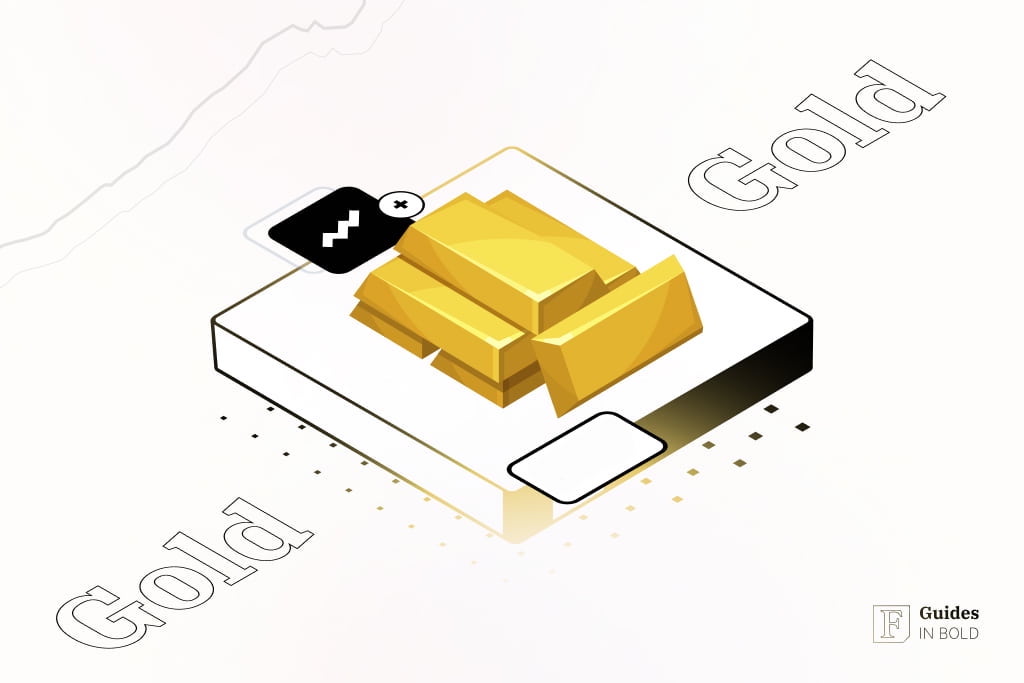
Traditionally a safe-haven asset, gold prices tend to rise when the U.S. dollar weakens or when central banks increase their reserves. In 2024, gold delivered a strong 25.5% return, though a brief correction in October, triggered by rising interest rates and a stronger dollar, temporarily stalled its rally. However, renewed volatility, geopolitical uncertainty, and central bank buying have since driven prices to record highs.
With gold’s momentum accelerating, analysts have raised their forecasts. Macquarie Group now expects gold to peak at $3,500 per ounce in Q3 2025, citing rising institutional and ETF demand. BNP Paribas and UBS maintain a $3,100 target, linking their outlook to geopolitical tensions and persistent inflation. Meanwhile, Goldman Sachs projects gold to hit $3,100 by year-end, while DeepSeek AI suggests a climb to $3,200.
Central banks have also extended their gold-buying spree into 2025, with Uzbekistan, China, and Kazakhstan increasing their reserves. Indeed, with continued economic uncertainty and inflation risks, gold’s rally shows no signs of slowing.
61% of retail investor accounts lose money when trading CFDs with this provider. You should consider whether you can afford to take the high risk of losing your money.
#2 Silver
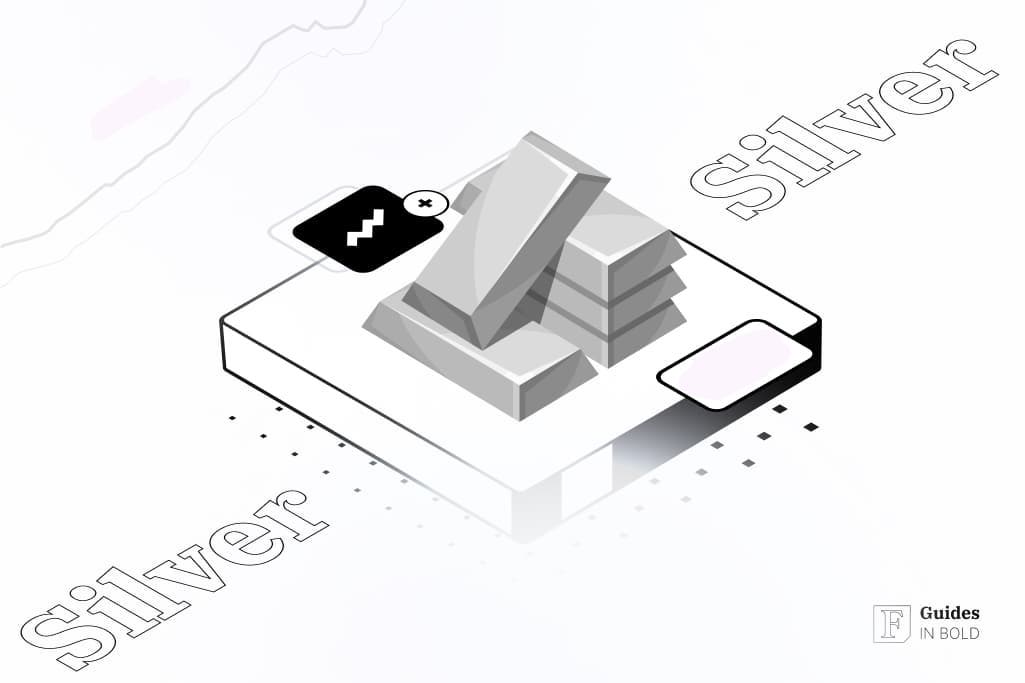
Silver remains a crucial industrial metal, particularly in the green energy sector, where it is essential for solar panels and electric vehicle (EV) components. In 2025, industrial silver demand is expected to grow by 3%, surpassing 700 million ounces for the first time, driven by record photovoltaic installations and advancements in EV technology.
At the same time, the silver market faces a significant supply deficit for the fifth consecutive year. While global supply is projected to rise 3% to 1.05 billion ounces—an 11-year high, demand continues to outpace production. This persistent shortfall strengthens silver’s investment appeal, with supply constraints likely to push prices higher.
Beyond industrial uses, silver serves as a hedge against inflation and economic volatility. Indeed, investors often turn to silver during periods of geopolitical tension and financial instability, seeking to preserve wealth.
61% of retail investor accounts lose money when trading CFDs with this provider. You should consider whether you can afford to take the high risk of losing your money.
#3 Base metals

Base metals, such as aluminum and zinc are essential commodities widely used in commercial and industrial applications, including construction and manufacturing. They are relatively inexpensive compared to precious metals, and their global availability ensures a generally stable supply. However, increasing demand—particularly from China and other emerging markets—is driving price growth, making them an attractive investment in 2025.
According to Retuers, in 2025, aluminum is expected to be the best-performing base metal, with analysts forecasting a 6.3% price increase to $2,573.50 per metric ton due to a supply shortfall driven by China’s smelter capacity cap.
Zinc follows with a projected 4.2% rise to $2,895 per ton, though its rally may fade as mine supply recovers. Copper is set to rise 3% to $9,425 per ton but faces headwinds from U.S. tariffs on Chinese goods.
Nickel remains under pressure from oversupply but could see gradual recovery, while tin’s outlook is highly uncertain, with forecasts ranging widely. Despite trade tensions, constrained supply in key metals supports a bullish case for investors.
61% of retail investor accounts lose money when trading CFDs with this provider. You should consider whether you can afford to take the high risk of losing your money.
#4 Cattle
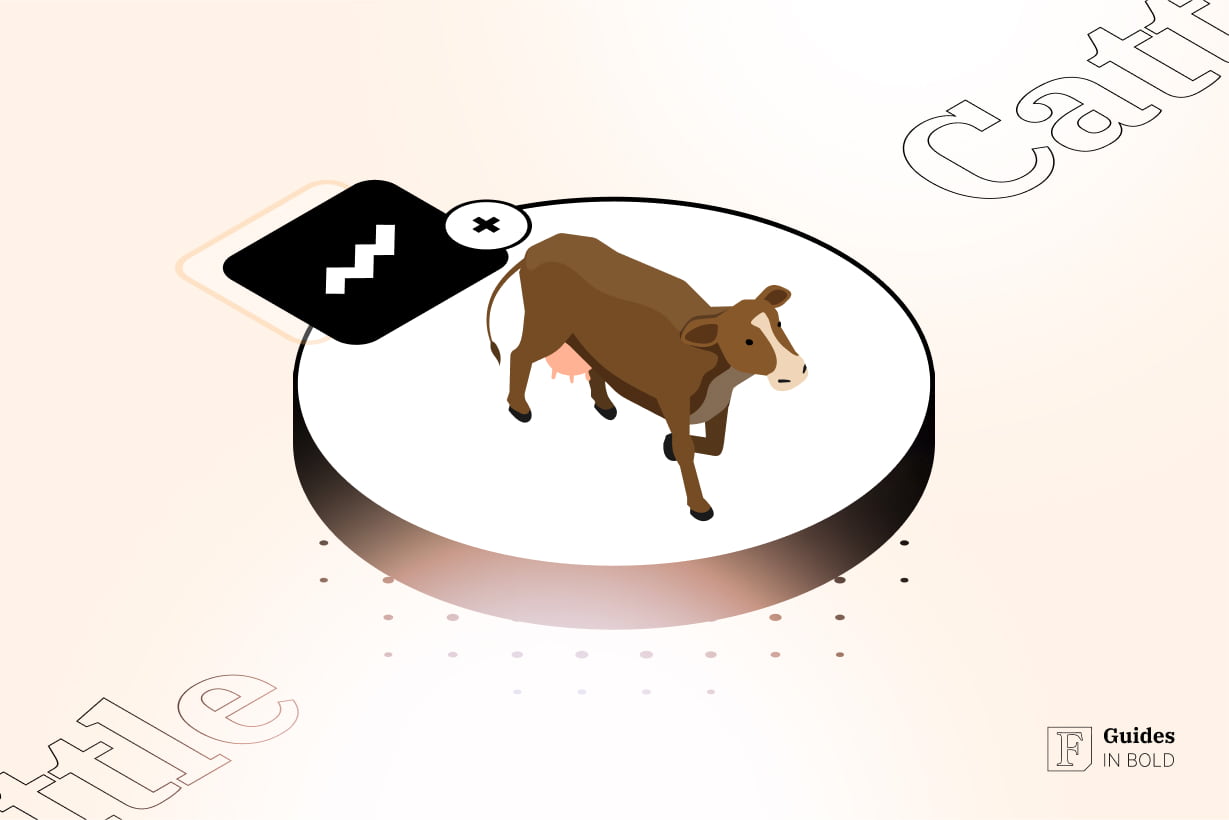
Cattle remains a strong investment in 2025, driven by tightening supply and sustained global demand. In fact, the U.S. cattle inventory has reached its lowest point since 1951, with the total number of cattle and calves standing at 86.7 million as of January 1, 2025. This decline is attributed to factors such as prolonged drought conditions and increased feed costs, leading ranchers to reduce herd sizes. Despite these challenges, consumer demand for beef remains strong, contributing to higher prices.
International markets are also contributing to the favorable outlook for cattle investments. Countries like Australia are capitalizing on reduced U.S. cattle numbers by increasing their beef exports to North America and Asia, highlighting a strong global demand for beef. Notably, Robert Kiyosaki, author of Rich Dad, Poor Dad and a strong advocate for tangible assets, considers Wagyu cattle a valuable investment alongside Bitcoin, gold, and silver. Introduced to Wagyu’s profit potential by a friend, Kiyosaki sees it as a premium brand with strong cash flow, reinforcing his belief in hard assets over fiat money.
61% of retail investor accounts lose money when trading CFDs with this provider. You should consider whether you can afford to take the high risk of losing your money.
#5 Coffee
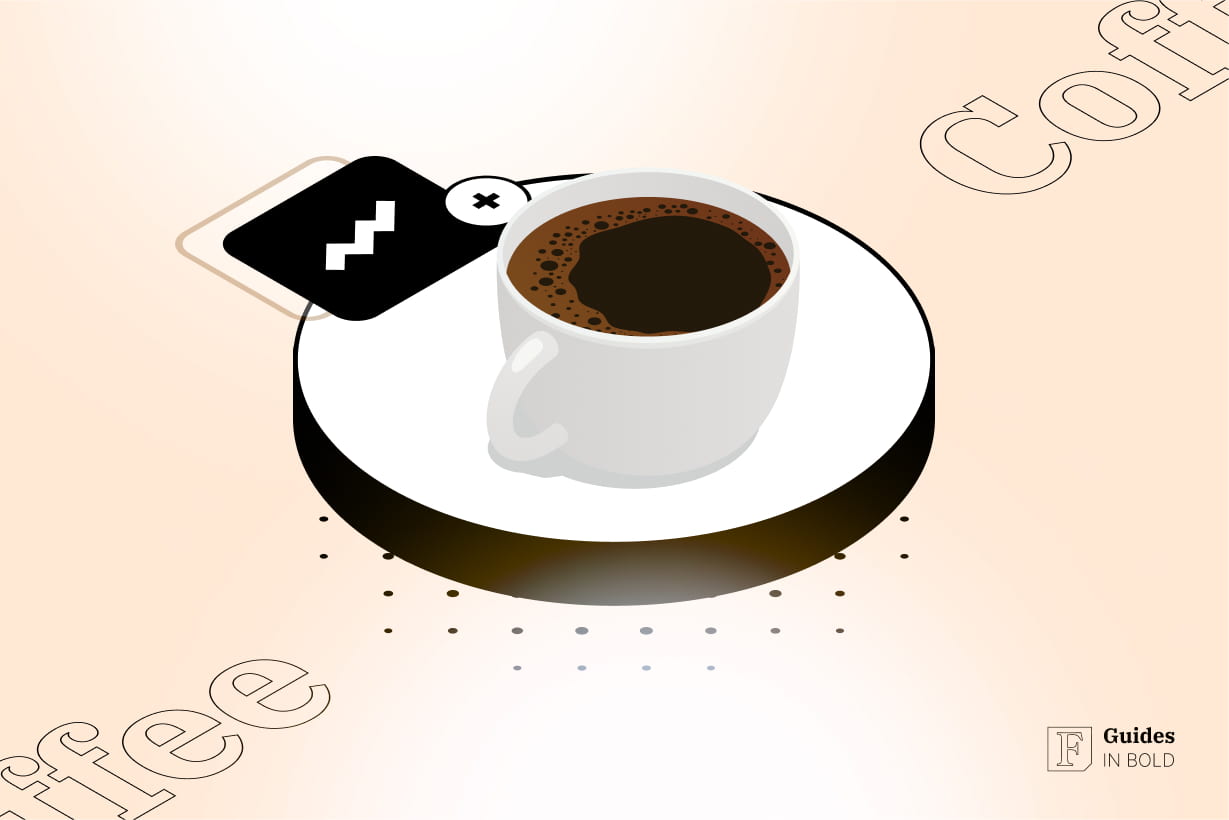
As one of the world’s most-consumed beverages, coffee is not only a daily staple for many but also a vital global commodity that drives economies and sustains millions of farmers. Indeed, beyond giving us the delicious morning pick-me-up, the coffee industry supports the livelihoods of approximately 25 million small-scale farmers, predominantly in regions like South America, Africa, and Southeast Asia. Major producers include Brazil, Vietnam, Colombia, and Indonesia, with Brazil alone accounting for nearly 35% of global coffee production.
In 2025, coffee prices have soared, with arabica futures surpassing $4 per pound on commodity markets, a more than 25% increase since the start of the year. The spike is driven by climate change-induced weather disruptions in key coffee-producing regions like Brazil and Vietnam, where extreme conditions have diminished yields, fuelled crop diseases, and intensified supply volatility, sending prices soaring.
61% of retail investor accounts lose money when trading CFDs with this provider. You should consider whether you can afford to take the high risk of losing your money.
If you’re looking for commodities not on this list, check out our selection of commodity investing guides here:
- How to Invest in Platinum;
- How to Invest in Copper;
- How to Invest in Wheat;
- How to Invest in Corn;
- How to Invest in Sugar;
- How to Invest in Soybeans;
- How to Invest in Cocoa;
- How to Invest in Rice;
- How to Invest in Lead;
- How to Invest in Cotton;
- How to Invest in Gasoline;
- How to Invest in Oil.
Note
How to invest in commodities: Step-by-step
You can start in minutes with a few simple steps:
- Step 1: Register on eToro and verify your new account (personal or business);
- Step 2: You have to fund your account before you can start buying commodities. Several deposit methods will be available to you, including linking your bank account, using a debit or credit card, as well as employing third-party payment methods like PayPal, Neteller, or Skrill;
- Step 3: Navigate to the commodities markets page, choose a commodity, and select TRADE;
- Step 4: Click on BUY for a long position (or SELL, if you want to go short);
- Step 5: Input the desired cash amount or number of units for your trade;
- Step 6: Review and adjust the stop loss, leverage, and take profit settings;
- Step 7: Click OPEN TRADE.
Disclaimer: 61% of retail investor accounts lose money when trading CFDs with this provider. You should consider whether you can afford to take the high risk of losing your money. This content is not intended for US users. eToro USA LLC does not offer CFDs, only real Crypto assets, Stocks and ETFs are available.
Best Commodities Broker for Intermediate Traders and Investors
-
Invest in 30+ commodities and 3,000+ other assets including stocks and cryptocurrencies.
-
0% commission on buying stocks - buy in bulk or just a fraction from as little as $10. Other fees apply. For more information, visit etoro.com/trading/fees.
-
Copy top-performing traders in real time, automatically.
-
eToro USA is registered with FINRA for securities trading.
Important
There are even more options for investing in commodities, including:
- Commodity ETFs and mutual funds: If you prefer to avoid the risks that fast-paced and margin-dependent derivatives markets present, a practical option is to invest in ETFs that track the commodity giving you diversified exposure to the commodities market as a whole or the commodity you’re interested in;
- Futures contracts: Commodities futures are contracts to buy or sell a specific quantity of a commodity at a specified price on a particular future date. You can trade futures on exchanges and are the most direct method of owning physical commodities. However, they can be highly complex and risky, requiring a much deeper understanding of the market;
- Commodity stocks or ETFs: Buying shares of companies or ETFs in commodity-related industries is another way to invest in commodities. This could mean investing in mining companies for commodities like gold and silver or energy companies for oil and natural gas.
Important
Common mistakes to avoid when investing in commodities
These are the common mistakes that investors should be aware of and hopefully avoid when investing in commodities:
- Lack of research: Every commodity has its unique set of supply and demand dynamics. Before investing in any commodity, it is important to understand its market thoroughly;
- Ignoring the impact of global events: This can include geopolitical conflicts, changes in government policies, global economic trends, and even changes in weather patterns. Ignoring these can lead to miscalculated investment decisions;
- Not diversifying: While commodities diversify a portfolio, it’s also important to diversify within the commodities portfolio itself;
- Chasing trends: Like other investments, it’s usually not a good strategy to invest in a commodity just because its price has been rising rapidly;
- Going overboard with leverage: Leverage amplifies your risk-return ratio, so use it with caution;
- Overexposure: While commodities can be a valuable part of a diversified portfolio, overexposure to commodities can be risky. The thing is—they can be more volatile and less predictable than other types of investments;
- Ignoring the tax implications: It’s essential to understand the specific tax implications in your area.
Disclaimer: The content on this site should not be considered investment advice. Investing is speculative. When investing, your capital is at risk.
FAQs about commodities
How to invest in commodities?
Various options exist for investing in commodities, including commodity ETFs, commodity-related stocks, and CFDs. These financial instruments offer exposure to the commodity’s price fluctuations without requiring physical ownership of the raw material, accommodating various risk appetites and growth prospects.
Where to invest in commodities?
You can invest in commodities through various online broker services, such as eToro.
Are commodities a good investment?
Commodities are a great way to diversify your investment portfolio, protect against inflation, and potentially profit from global economic growth. However, given their track record of low long-term returns and high volatility, investors choosing to venture into commodities may want to consider keeping their allocations relatively small and well-diversified.
Best Commodities Broker for Intermediate Traders and Investors
-
Invest in 30+ commodities and 3,000+ other assets including stocks and cryptocurrencies.
-
0% commission on buying stocks - buy in bulk or just a fraction from as little as $10. Other fees apply. For more information, visit etoro.com/trading/fees.
-
Copy top-performing traders in real time, automatically.
-
eToro USA is registered with FINRA for securities trading.
